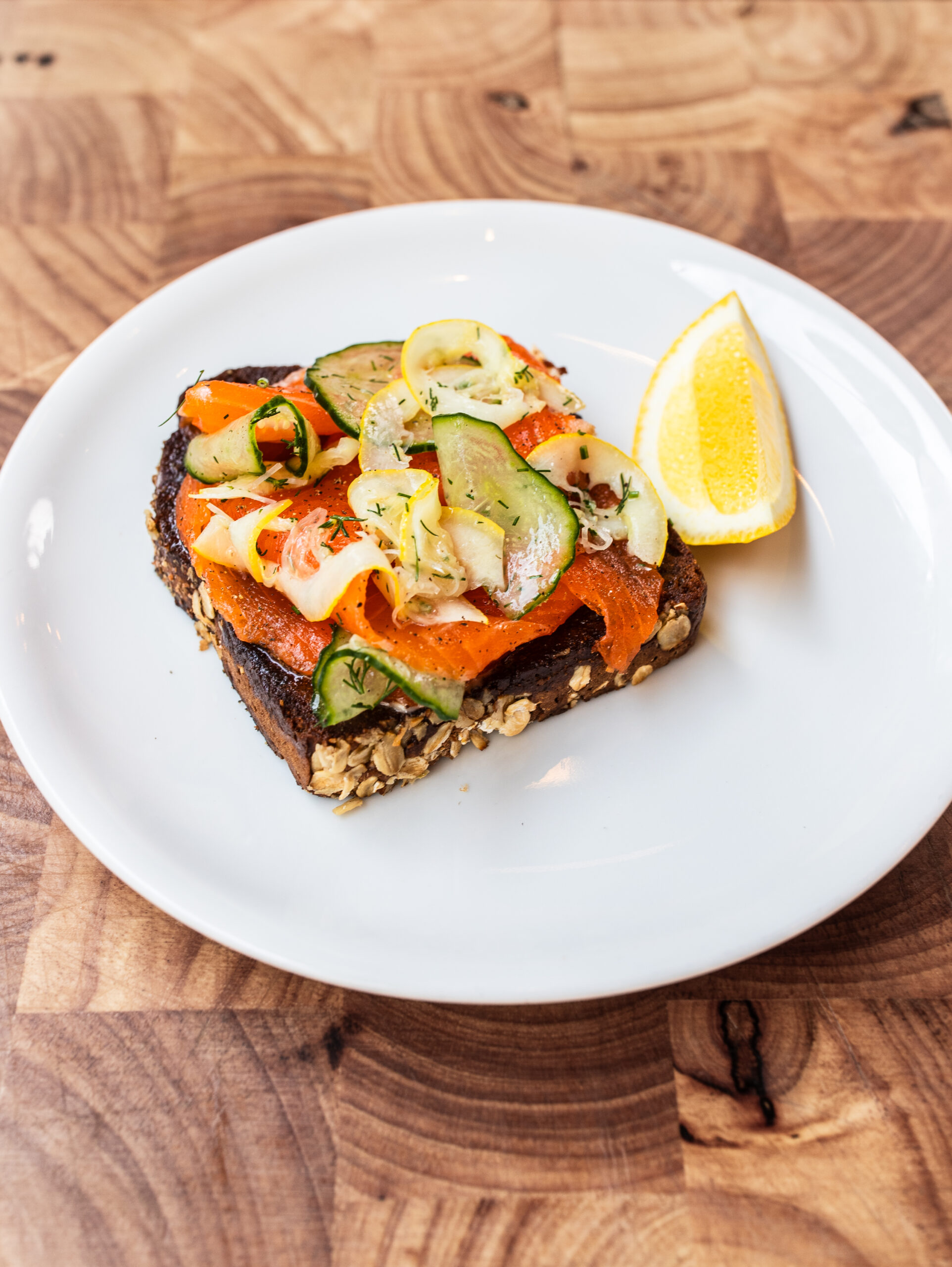This Guinness Bread is a soda bread that doesn’t need any yeast. The rise of the bread is just down to the baking soda and buttermilk.

The Ultimate Guide to Guinness Bread: A Brief History and Recipe for Home Bakers
Guinness Bread is a hearty, flavorful loaf that has become a staple in Irish cuisine. This dark, rustic bread, made with the iconic Guinness stout, offers a unique combination of malty richness and subtle sweetness. In this article, we’ll take a deep dive into the history of Guinness Bread, why it’s beloved, and how you can bake this delicious recipe at home, with expert guidance from our chef-led cooking team. Whether you’re a beginner or an experienced baker, this simple yet satisfying recipe will elevate your baking game!
The Origins of Guinness Bread
Guinness Bread draws its name from its star ingredient: Guinness, the world-renowned Irish stout. Guinness beer, first brewed in Dublin in 1759, is known for its deep, rich flavors of roasted barley and hints of chocolate and coffee. The stout’s unique profile makes it a perfect addition to bread dough, lending the loaf a dark, malty taste and a moist, dense texture.
The bread has its roots in traditional Irish brown bread, which was typically made using whole wheat flour, baking soda, and buttermilk. With the introduction of Guinness, this classic recipe took on a new dimension, creating a distinctly Irish version of soda bread that continues to grow in popularity, especially during celebrations like St. Patrick’s Day.
Why Bake Guinness Bread at Home?
Guinness Bread is a versatile loaf that’s perfect for serving alongside a variety of dishes. Its slightly sweet and nutty flavors make it an excellent companion to hearty stews, cheeses, or simply topped with a generous layer of butter and honey. Best of all, it’s incredibly easy to bake—no yeast or complicated techniques required. Even beginners can enjoy the satisfaction of creating a delicious homemade loaf.
Our chef-led recipe for Guinness Bread ensures that you get the perfect rise, flavor, and texture every time. By using simple ingredients like whole wheat flour, oats, molasses, and of course, Guinness, you’ll create a loaf that’s both wholesome and delicious.
Health Benefits of Guinness Bread
Guinness Bread isn’t just delicious—it’s also packed with nutritional benefits. The whole wheat flour and oats used in the recipe provide fibre, while Guinness itself contains antioxidants from the barley and hops. The bread is also relatively low in sugar, making it a great choice for a filling, nutrient-rich snack or side dish.
Guinness Bread is more than just a delicious treat—it’s a slice of Irish heritage that you can bring to your home kitchen. With its easy preparation and rich flavour, it’s the perfect recipe for both beginner and seasoned bakers alike. Our chef-led recipe guarantees a foolproof method to make this iconic bread a part of your culinary repertoire.
PrintGuinness Bread
- Author: Fallow
- Prep Time: 15 minutes
- Cook Time: 1 hour
- Total Time: 1 hour 15 minutes
Ingredients
Guinness Bread
- 250g plain white flour
- 250g plain wholemeal flour
- 1 tsp salt
- 1 tsp bicarbonate of soda
- 200ml buttermilk
- 200ml guinness
- 3tbsp Muscavado
- 1tbsp treacle
- A handful rolled oats
Instructions
- Mix together muscavado, treacle, Guinness and buttermilk and leave to dissolve.
- Preheat the oven to 180°c.
- Line the tin with baking paper, oil and throw in the rolled oats to shake around and tip out, keeping the excess for the top of the loaf.
- Place the dry ingredients in a large a bowl, make a well in the centre and stir in the buttermilk mixture.
- Use a spatula to ensure all the flour is well incorporated then tip into the loaf tine, pressing into the corners.
- Level the top, sprinkle on the oats and make a long cut down the middle.
- Into the oven for about an hour (check after 45 mins) until a skewer comes out clean and the loaf sounds hollow when tapped on the underside.
Notes
- 8″ x 4” (20cm x 10cm) loaf tin

